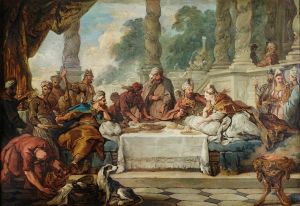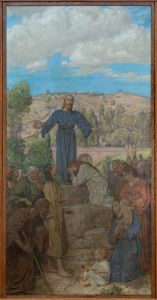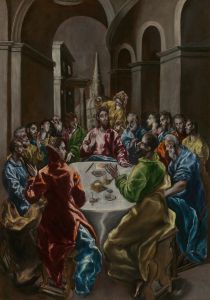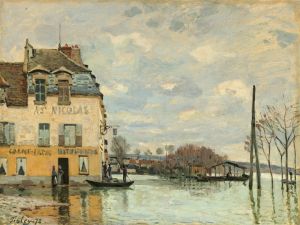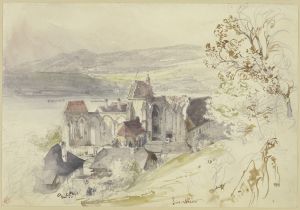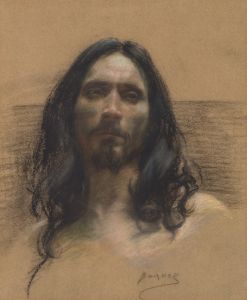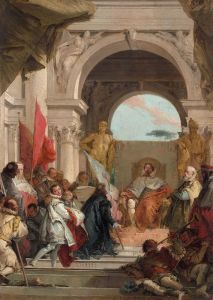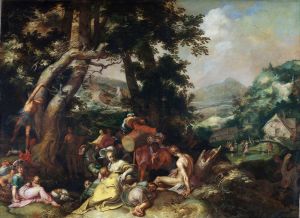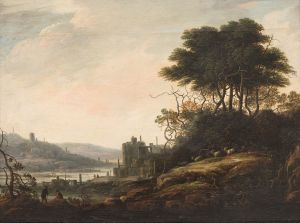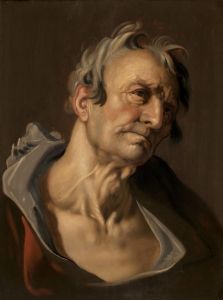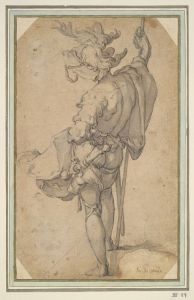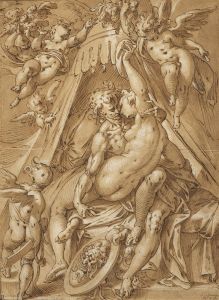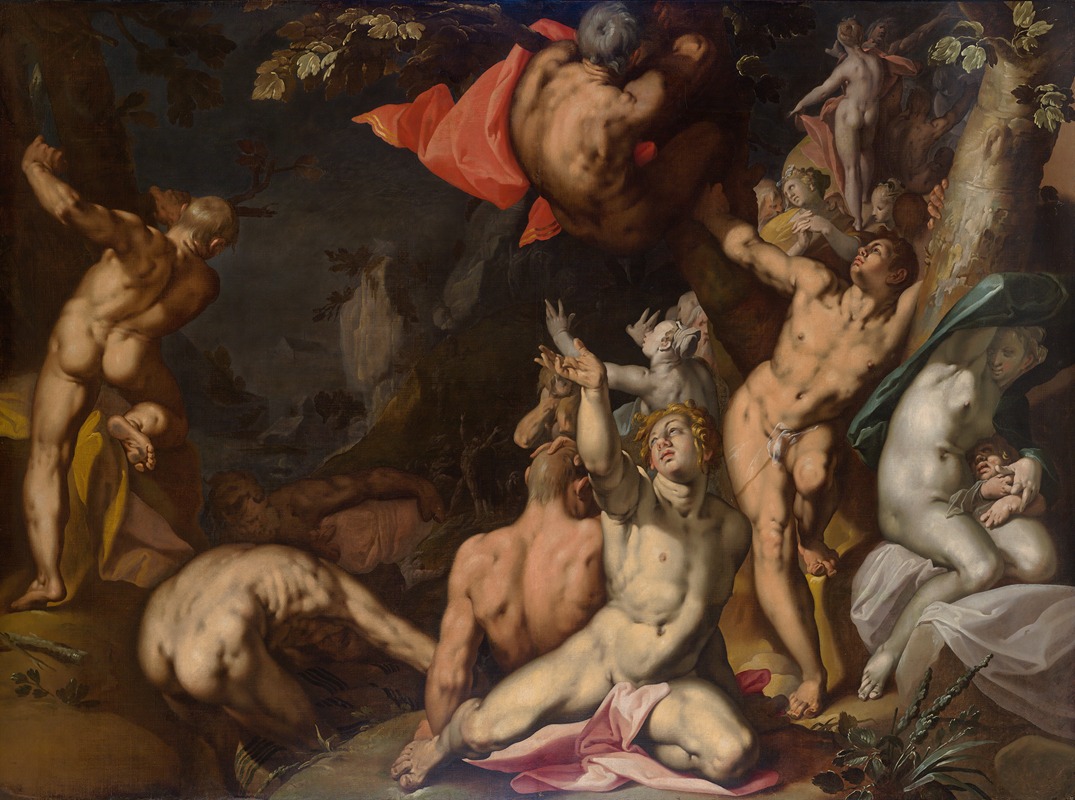
The Deluge
A hand-painted replica of Abraham Bloemaert’s masterpiece The Deluge, meticulously crafted by professional artists to capture the true essence of the original. Each piece is created with museum-quality canvas and rare mineral pigments, carefully painted by experienced artists with delicate brushstrokes and rich, layered colors to perfectly recreate the texture of the original artwork. Unlike machine-printed reproductions, this hand-painted version brings the painting to life, infused with the artist’s emotions and skill in every stroke. Whether for personal collection or home decoration, it instantly elevates the artistic atmosphere of any space.
Abraham Bloemaert was a prominent Dutch painter and printmaker, known for his contributions to the development of Dutch Baroque art. Born in 1566 in Gorinchem, Bloemaert was a versatile artist whose work spanned various genres, including history paintings, landscapes, and religious scenes. One of his notable works is "The Deluge," which depicts the biblical story of the Great Flood as described in the Book of Genesis.
"The Deluge" by Abraham Bloemaert captures the dramatic and catastrophic event of the flood that God sent to cleanse the world of human wickedness. This painting is a vivid representation of the chaos and destruction wrought by the floodwaters. Bloemaert's interpretation of the biblical narrative emphasizes the power of nature and the vulnerability of humanity in the face of divine wrath.
In this work, Bloemaert employs a dynamic composition to convey the sense of movement and turmoil associated with the flood. The painting likely features a swirling mass of water engulfing the landscape, with figures struggling against the rising tide. The artist's use of light and shadow enhances the dramatic effect, highlighting the desperation and fear of the people caught in the deluge. Bloemaert's attention to detail and his ability to capture the emotional intensity of the scene are characteristic of his style.
Bloemaert was a master of chiaroscuro, a technique that uses strong contrasts between light and dark to create a sense of volume and depth. In "The Deluge," this technique would have been employed to accentuate the tumultuous nature of the flood and the plight of the figures within the composition. The interplay of light and shadow would serve to draw the viewer's eye to key elements of the scene, such as the expressions of the figures and the movement of the water.
As a leading figure in the Utrecht School, Bloemaert was instrumental in the transition from Mannerism to Baroque in Dutch art. His work often combined the elegance and complexity of Mannerist compositions with the emotional intensity and realism of the Baroque. "The Deluge" exemplifies this blend, showcasing Bloemaert's skill in creating a visually compelling narrative that resonates with the viewer.
Bloemaert's influence extended beyond his own work, as he was also a respected teacher. Among his pupils were notable artists such as Gerard van Honthorst and Hendrick ter Brugghen, who went on to become significant figures in the Dutch Golden Age of painting. Through his teaching and his own artistic achievements, Bloemaert played a crucial role in shaping the course of Dutch art in the 17th century.
While specific details about the creation and current location of "The Deluge" by Abraham Bloemaert may not be widely documented, the painting remains an important example of his ability to convey complex narratives through his art. Bloemaert's legacy as a master painter and influential teacher continues to be recognized and appreciated in the history of European art.





